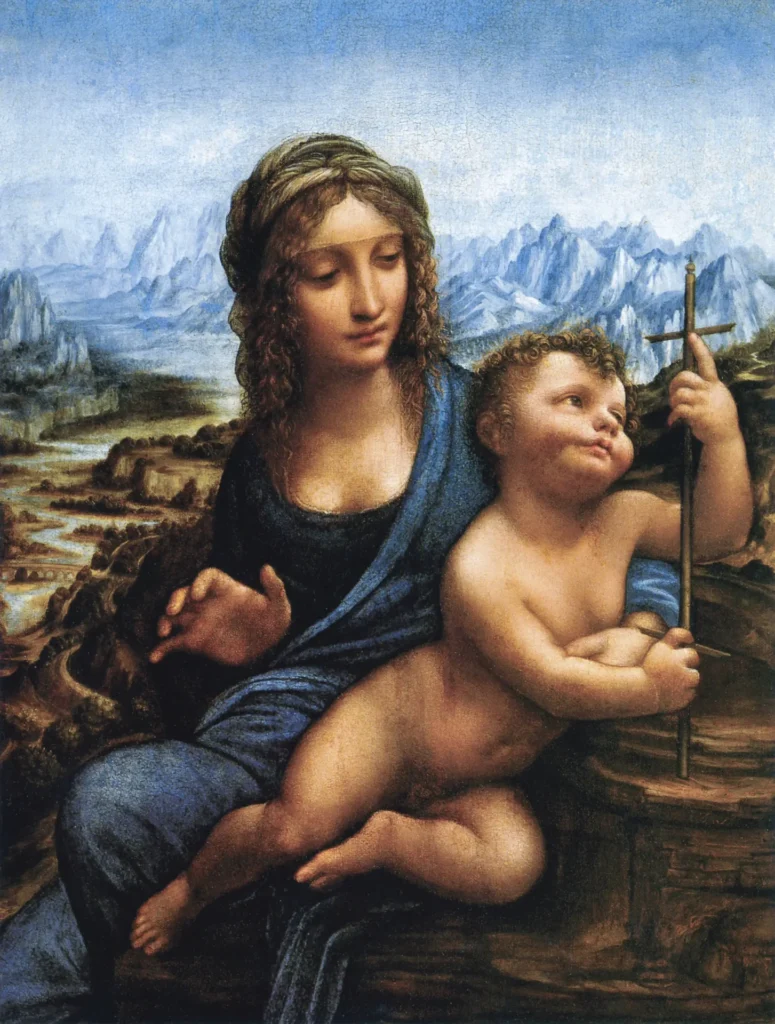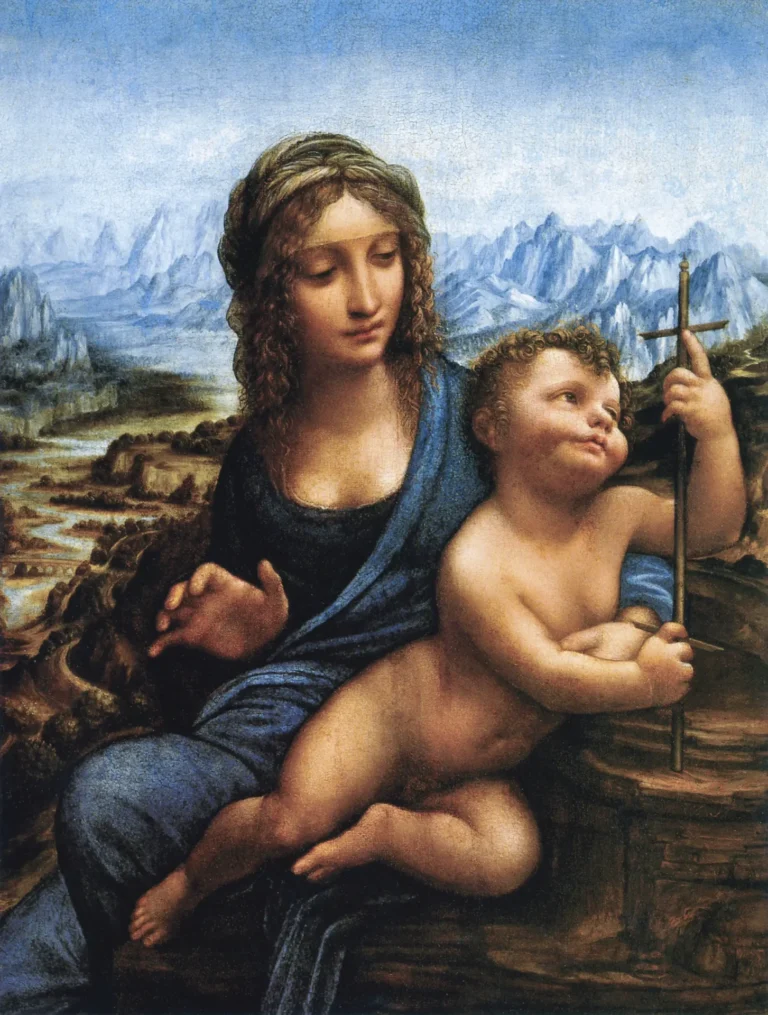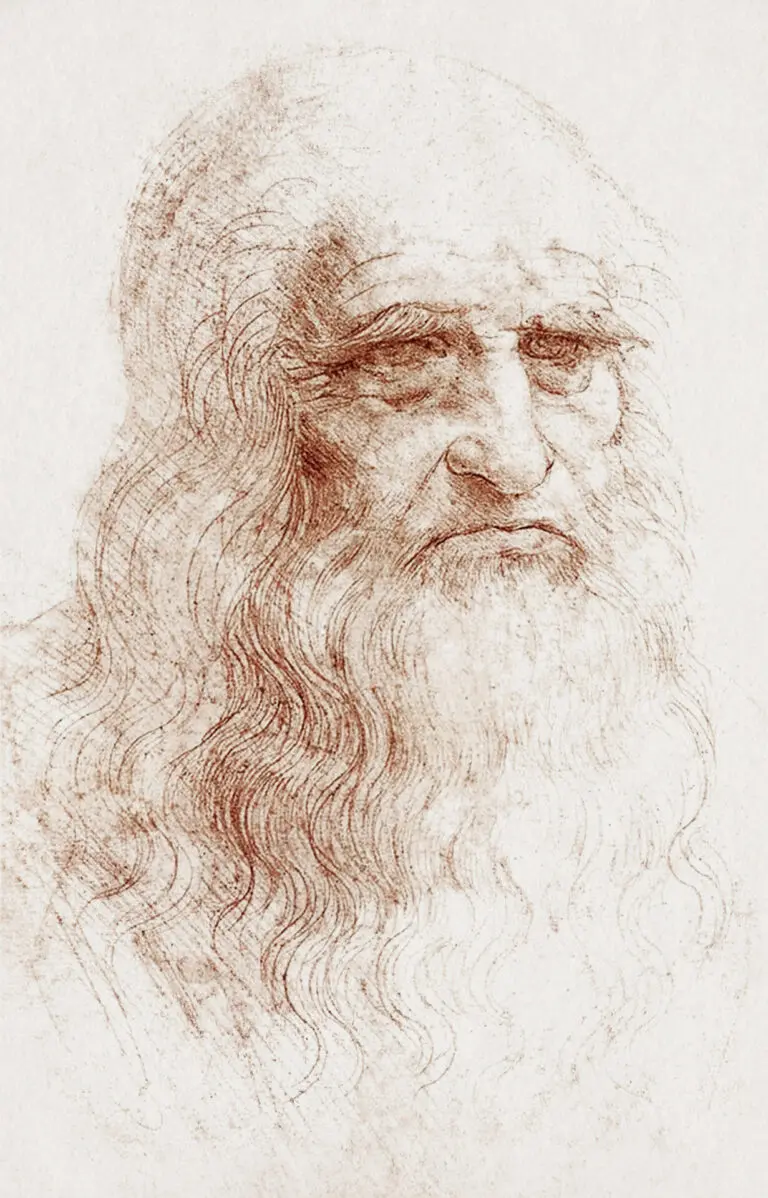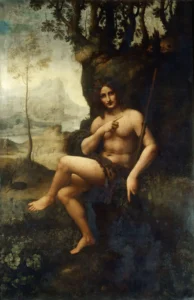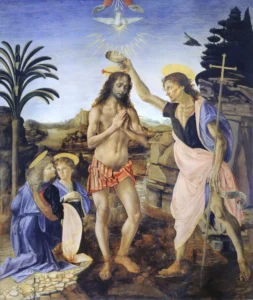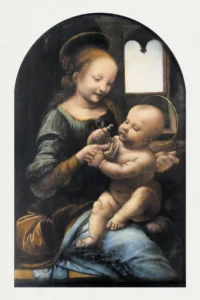Madonna of the Yarnwinder (1501)
The Madonna of the Yarnwinder is a masterful painting attributed to Leonardo da Vinci, commissioned in 1501 by Florimond Robertet, secretary to King Louis XII of France. This work captures the Virgin Mary and the Christ child in a poignant moment that intertwines domesticity and spirituality. Notably, the yarn-winder, a focal point of the composition, stands as a symbol of Christ's eventual crucifixion, illustrating Leonardo's ability to infuse deep meaning into serene settings. Although the original painting is lost, its surviving versions continue to inspire awe and admiration.
Year 1501
About the Artwork
The creation of the Madonna of the Yarnwinder began in 1501 when Leonardo da Vinci received a commission from Florimond Robertet. This artwork was enveloped in meaningful symbolism—a depiction of Virgin Mary with the Christ child, encapsulating the duality of maternal love and the foreboding of future sacrifice. The child’s engagement with the yarn-winder, resembling a cross, reflects Leonardo's profound depth of understanding of religious themes, while simultaneously showcasing his innovative artistic techniques. The painting's historical journey included various transitions and conversations about its authenticity and attribution, drawing a parallel to Leonardo's own enigmatic legacy. Today, the surviving iterations of this piece remain celebrated contributions to High Renaissance art, residing primarily in esteemed collections, with art historians tirelessly exploring their rich narratives.
Did You Know
Liked what you see? Add it to your collection.
Enjoyed reading? Share it.
... continued
Creation and Commission
The painting was commissioned by Florimond Robertet, the secretary to King Louis XII of France. Leonardo da Vinci began working on it in 1501, as documented in a letter by Fra Pietro da Novellara to Isabella d'Este on April 14, 1501. This letter describes the scene in detail, noting the Virgin Mary seated as if about to spin yarn, with the Christ child grasping a yarn-winder shaped like a cross.
Symbolism
The yarn-winder, or niddy-noddy, is a central symbolic element, resembling a cross and foreshadowing the Crucifixion of Christ. The child's fascination with the yarn-winder indicates his recognition and acceptance of his destiny. The Virgin’s reaction is one of mixed emotions, showing both alarm and resigned acceptance of her son's fate.
Composition and Style
The painting features a dynamic composition with the Virgin and Child set in a vast, unpopulated landscape, a characteristic of Leonardo's later works. The use of geometric figures such as triangles and ellipses in the preparatory sketches underscores Leonardo's meticulous and innovative approach to art.
Attribution and Versions
There are several versions of the Madonna of the Yarnwinder. with two of the most notable being the Buccleuch Madonna and the Lansdowne Madonna. These are believed to be partly by Leonardo's hand, although the extent of his involvement is a subject of debate. Other versions may have been created by his apprentices or workshop members.
Materials and Techniques
Leonardo's work on this painting involved his typical meticulous layering of pigments, including the use of lead white for the underdrawing and other experimental materials like bistre-like substances in the brown areas. The painting's history includes a transfer from the original wooden panel to canvas around 1910 and later remounting on board in 1976.
Current Status
The original painting by Leonardo da Vinci is likely lost, but the existing versions, particularly the Buccleuch and Lansdowne Madonnas, are highly regarded and studied. These works are now housed in private collections and museums, such as the Scottish National Gallery of Modern Art in Edinburgh.




